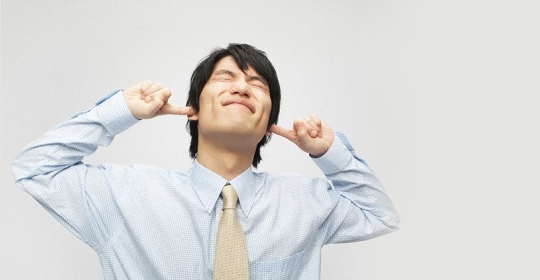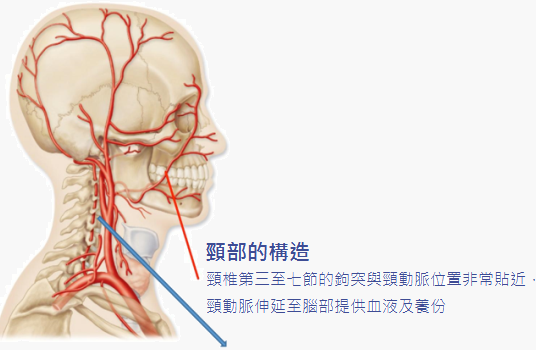
2014-06-23
Case Sharing
48-year-old Mr. Cheung has been in the hairstyling industry for nearly 20 years. In May 2013, he began to develop symptoms of tinnitus in his right ear. At first, he heard only a slight high pitch sound which only occurred at night. Later, he noticed tinnitus sounds became louder and louder, not only at night but even after getting up in the morning.
After taking the medicine, the patient felt good at first, but the symptoms of tinnitus reappeared after discontinuing the medication. Later, a specialist examined the ear and nose and could not find the cause. The patient underwent a cervical MRI examination and found that the cervical spine had three intervertebral disc herniation, C5, and 6 are especially serious, in addition to herniated spinal canal stenosis. The patient did not have symptoms of neck pain or hand numbness, so the doctor suggest to continue taking medicine.
After another period of time, not only did the condition not improve but also began to have symptoms such as dizziness, nausea, headache, dry eyes and a double vision.
Case Analysis
Cases like Mr. Cheung seem to be serious, could it be related to ear or brain problem?
In fact, his problem is related to the cervical spine. After carefully read the MRI images of the patient, it was found that the uncinate process of the cervical spine from the third to the seventh segment has degenerated to varying degrees, which narrows the nerve root canal. Because of the vertebral artery is next to the cervical spine, the carotid artery is compressed, because the carotid artery extends to the brain to supply blood and nutrients to the eyes, ears, and head. Therefore, when the vertebral artery is compressed, the patient has tinnitus, dizziness, headache, and vision problems.
Causes
Due to Mr. Cheung’s long-term wrong working posture and work tension, cervical spine degeneration, disc protrusion, neck muscle stiffness, and cervical spine dislocation, patients also experience dizziness in the later stage. Because the neck muscles and joints are one of the important structure for maintaining the balance function of the body, if the cervical spine is unstable, it will send the incorrect information about the physical activity to the brain. The brain thinks that the body is still in motion, which causes the patient feel dizzy.
Structure of the neck
The normal neck has a concave curvature. It is composed of seven vertebrae that support the head which weighs approximately 12 pounds.
There is a intervertebral disc between the vertebrae, which can absorb shock. Each cervical spine is connected to each other by ligaments, and the outermost layer is covered with strong and elastic muscles, allowing the head and neck to move or turn in all directions.
In the middle of the cervical spine is the spinal cord, which transmitting messages and commands between the brain and the body. Each segment of the cervical spinal cord is divided into a pair of spinal nerves, which are used to control the sensory and motor functions of the upper limbs on both sides, the neck, and the shoulders. The uncinate process of the third to the seventh cervical spine is very close to the vertebral artery, which extends to the brain to provide blood and nutrients.

Treatment
In order to treat tinnitus caused by cervical spondylosis, manual therapy is mainly used to correct the vertebral segments and then combined with alternative therapy such as electric wave therapy and ultrasound to relax muscles and increase blood circulation in the affected area. However, when some patients come to see a doctor, dizziness and tinnitus are more difficult to receive neck adjustment, because they are relatively nervous, and may also have dizziness or headache after correction by manipulation therapy. Therefore, Cox® Decompression Manipulation can gently increase the activity of the cervical spine and relax the muscles, and increase blood circulation to the brain. After the patient’s symptoms are improved, it can be corrected with manipulation, which can be easily accepted by the patient and can greatly reduce the response after correction. When the patient’s dizziness and tinnitus disappear, chiropractors will continue to treat the cervical spine disease, correct the patient’s posture, alongside with stretching and strengthening the neck muscles.

 Book an Appointment
Book an Appointment


